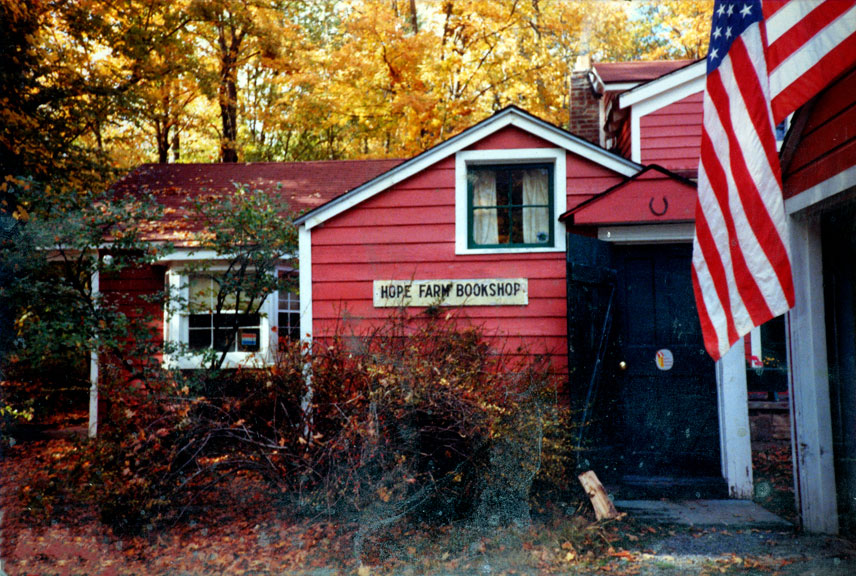+1 800-836-7581
Call Toll-Free
Call Toll-Free
That includes New York State Genealogy and History books, Military History – i.e. Revolutionary War, French and Indian War, Civil War; Native Americans (Indians) – i.e. Iroquois Confederacy, Six Nations, Algonquin, Mohawk Indians, Delaware Indians, Mohican, Seneca Indians, Oneida Indians, Tuscarora Indians; Dutch Colonial History, Folklore, Environment, Hiking, Nature, Railroads, Steamboats, and Town and County History books.


Hope Farm Press & Bookshop was established in 1959 in Cornwallville, Greene County, New York, by Charles Dornbusch, just before he retired from the New York City Public Library. The buildings and land were originally purchased by his family from the Hope family who had farmed it for years. Thus, it became Hope Farm Press. It was not connected with either the orphanage called Hope Farm, or Father Devine’s Hope Farm, both of which were also in the Hudson Valley.
Charles Dornbusch ran it as a walk-in and mail-order bookstore for 30 years. He specialized in military history and New York regional interest books. From his interest in the local history of New York’s Hudson Valley and Catskill Mountain region grew a catalogue of 500 books and pamphlets on New York State, and his remote Greene County Bookshop became the destination of people from all over the world. His death in 1990 left a void in the pursuit of the preservation of our heritage.
When Mr. Dornbusch died in 1990 his heirs (Greene County Historical Society) invited Richard Frisbie to participate in a competitive bid for his business.
They sold the property separately, and Mr. Frisbie moved the contents to a building that started out as a chicken coop/garage in his hometown of Saugerties New York. While Mr. Frisbie continued to operate the book store, Booktrader, on Main Street, he ran Hope Farm as a mail-order, New York State Specialty book business.
In 1992 Mr. Frisbie sold Booktrader and opened Hope Farm Bookshop in the hastily converted garage with 300 feet of wooden shelves. His office was squeezed into the coop section with room for 2 computers and printers, and a side room with 8 pallets and 3 steel bookcases for the cases of stock he maintained.
The person Mr. Frisbie sold the Booktrader to (in 1992) called Mr. Frisbie on July 28th, 1997 and told him he was moving to California on August 20th. He asked if Mr. Frisbie wanted to buy back his old store in the Village of Saugerties. He knew Mr. Frisbie was very busy and needed more space. When it came down to either no book store in the village or Mr. Frisbie running Hope Farm out of the larger space . . . Mr. Frisbie bought it back and moved.

"*" indicates required fields